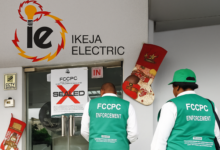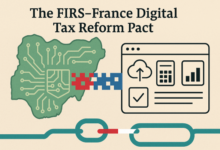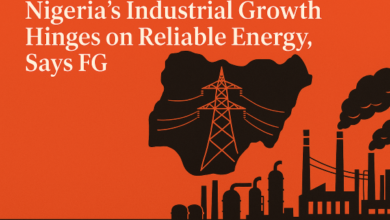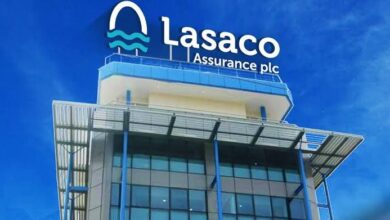NAICOM Gives Insurers 12 Months to Meet New Capital Rules or Face Liquidation

The National Insurance Commission (NAICOM) has issued a 12-month deadline for insurance and reinsurance companies in Nigeria to comply with the new Minimum Capital Requirement (MCR) introduced under the Nigerian Insurance Industry Reform Act (NIIRA) 2025.
Any company that fails to meet the new capital thresholds by July 31, 2026 risks liquidation, forced mergers, or regulatory takeover, according to a circular signed by Dr. Usman Jankara, Deputy Commissioner (Technical), NAICOM.
What the New Capital Regime Means
The NIIRA 2025 significantly raises the capital base for operators, aligning the industry with Risk-Based Capital (RBC) standards widely adopted in global markets. The new thresholds are:
- ₦10 billion for life insurers
- ₦15 billion for non-life insurers
- ₦25 billion for composite insurers
- ₦35 billion for reinsurance companies
This represents a major leap from previous requirements of ₦2–₦3 billion for insurers and ₦10 billion for reinsurers.
The Commission will only issue new licences to companies that successfully recapitalise, pay the requisite fees, and pass NAICOM’s verification exercise.
Why Recapitalisation Matters
From an insurance economics standpoint, this is more than just a compliance exercise — it’s about strengthening the financial backbone of Nigeria’s insurance sector.
- Policyholder Protection: A stronger capital base ensures insurers can pay claims promptly, even under systemic shocks.
- Market Confidence: Investors and reinsurers abroad view higher capitalisation as a signal of industry stability.
- Global Competitiveness: Nigeria’s insurance penetration rate (less than 1%) is among the lowest in Africa; recapitalisation could expand underwriting capacity and attract larger risk portfolios, including oil & gas and infrastructure.
- Risk-Based Alignment: Moving to an RBC model ensures that capital is linked to the size and riskiness of an insurer’s portfolio, reducing systemic vulnerabilities.
Compliance Challenges Ahead
While the reform is necessary, industry players will face significant hurdles:
- Capital Raising Pressure: Smaller insurers may struggle to meet the new levels, prompting M&A activity or exits.
- Asset Verification: NAICOM has made clear that encumbered assets, assets without perfected titles, or assets not in an insurer’s full possession will not count towards MCR compliance.
- Cost of Compliance: Firms may need to restructure balance sheets, divest unproductive assets, or bring in foreign partners to shore up equity.
- Regulatory Scrutiny: NAICOM has promised a transparent and value-adding process, but the strictness of asset admissibility could expose weak players.
To ease the transition, NAICOM said it will work with the Securities and Exchange Commission (SEC), Corporate Affairs Commission (CAC), and other regulators to secure incentives and concessions that reduce compliance costs.
BRANDECONOMY Insight: A Defining Moment for Nigeria’s Insurance Market
This recapitalisation is the most consequential regulatory shift since the 2007 consolidation exercise. The difference this time is the adoption of a risk-based model, which aligns Nigeria more closely with South Africa, Kenya, and global Solvency II frameworks.
The likely outcomes include:
- Industry Consolidation: The number of insurers may shrink, but survivors will be stronger, with better governance and underwriting depth.
- Increased Foreign Interest: Global reinsurance firms and private equity players may see opportunities to acquire or recapitalise struggling insurers.
- Greater Market Penetration: With stronger balance sheets, insurers will be able to underwrite more complex risks and drive penetration beyond urban elites.
Bottom line:
NAICOM’s 12-month ultimatum is a make-or-break moment for Nigeria’s insurance industry. Firms that move swiftly to recapitalise, merge, or restructure stand to benefit from a stronger, more competitive market. Those that delay risk being forced out of existence in what could be the most decisive clean-up of the sector in over a decade.










